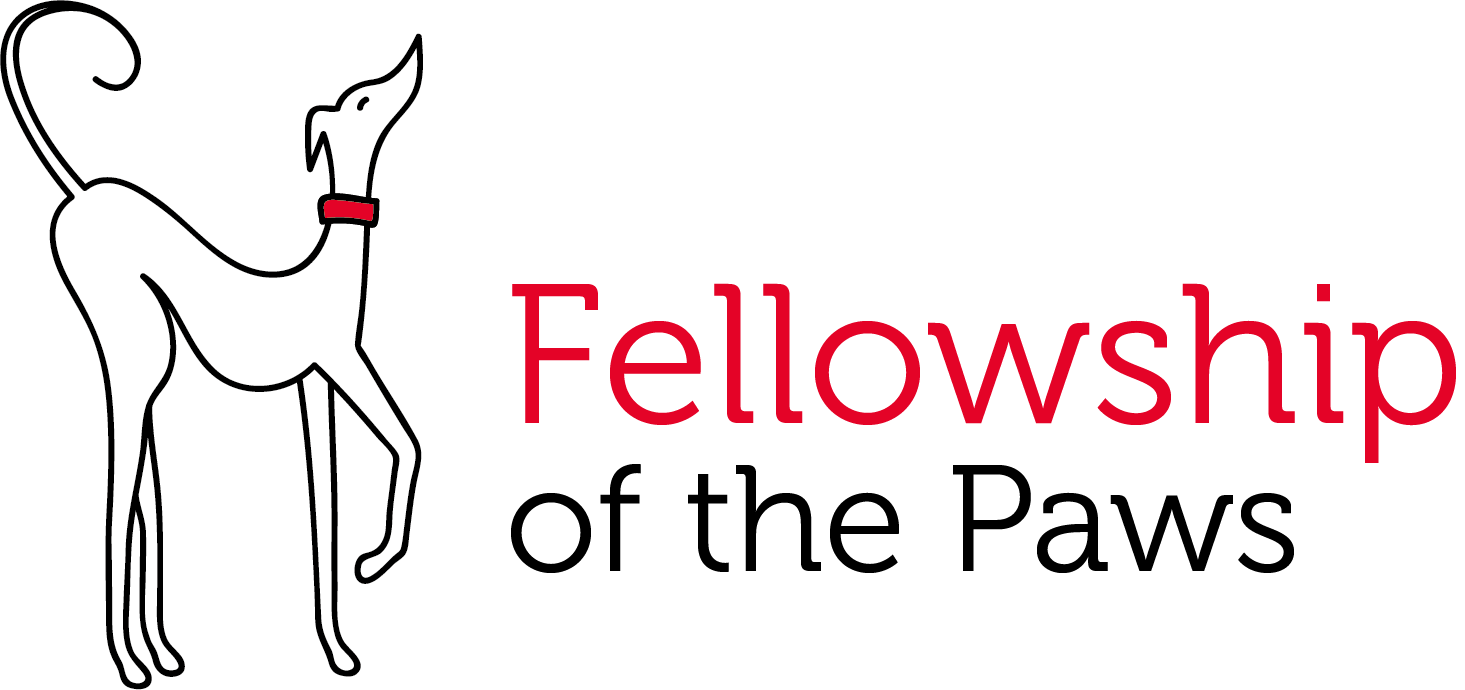Place training
Anyone who has trained with us at Fellowship of the Paws will know I talk about place training A LOT! Why? Because I love it and see all the benefits of this one skill. Before we look at a few of my favourite benefits, let me explain what place training is.
Place training: The basic skill is asking your dog to go to a place, usually their bed or a mat. The requirement of this skill is that they remain on place until you tell them it is ok to get up/off. Ideal scenario is that they sit or lie down on place and relax.
Let’s look at ways this skill can be utilised.
House manners
Do you have a dog that jumps on guests when they arrive? Having a solid place cue can mean a dog learns that when people arrive at the home, they need to stay on place until released.
Or do you have a dog that hangs out at the table during meals, begging for food? Teach your dog that when people are eating dinner, they are required to be on their bed and not hanging out around the table. This is a very strict rule in our house, including guest dogs and it does not take them long to learn it.
Do you have a dog or puppy that is constantly on the go? Always in high drive and doesn’t know how to relax? Place training can be that cue that teaches a dog how to relax and switch off. Sometimes we need to teach our dogs to do this, relax, chill, rest!
Place training was integral to Snowy’s training (below). He was an anxious boy who wanted to be with us all the time. Teaching him place allowed us to show him how to be independent. He learned that he didn’t have to be everywhere we were, that we weren’t running away! By the time he went to his forever home he would happily sleep in rooms by himself.
Vet visits
Do you have a dog that is nervous at the vets? Take a mat into the waiting room and teach them to stay on place. Doing this training in the waiting room can give your nervous dog something else to think about and help reduce their stress.
Do you have a dog that barks at other dogs in the waiting room? Again, place training gives them something else to think about, reducing their reactivity. My dearly departed girl Special was dog reactive but giving her a mat to lie on helped her relax and her reactivity at the vet decreased. Knowing she would stay on the mat meant I could make sure that other dogs gave her the space she needed. I would put myself between Special and the other dogs knowing she would stay where she was.
Do you fight your dog to get them to stay still on the scales? Place training! The place is the scales and they have to wait until they are released.
My boy Kyle has spent many hours in vet waiting rooms for his health issues. When I first adopted him he wouldn’t lie down anywhere, especially the vet. Once we started teaching him place, and taking our own mat, he happily started relaxing in the waiting room. Snowy also benefited. I was able to take him along with Kyle and feel comfortable that I could ask Snowy to go to his place and allow the vet and I to talk about Kyle.
Coffee shop visits and events
Do you look at people who have calm, relaxed dogs at coffee shops or dog events and wish your dog would do that too? Place training is the key. If you teach them how to relax on a mat or bed, you can teach them to be calm at a coffee shop or at a dog event.
Do you go camping or away on holidays with your dog? Place training can help them relax and stay near by when camping. And if you are staying in a house, place training helps settle a dog into a new environment.
Greyhounds are notorious for not wanting to lie down in new environments. Teaching them place allows owners to socialise them to new environments, knowing they will chill out. And you would be surprised at how many people comment about how well behaved these two (below) big dogs were! The other dogs at this outing were barking, pulling and jumping up on the owners to get the food on the table!
This is just a small number of ways this simple exercise can have a huge impact in your every day life with your dog. Not only can it allow you to take your dog out to more places, but it can help build confidence in your dog in new situations.
Place training teaches your dog impulse control, general manners, how to relax and so much more!
If you’d like to learn how to teach your dog to stay on place, get in touch and we’ll help you.


